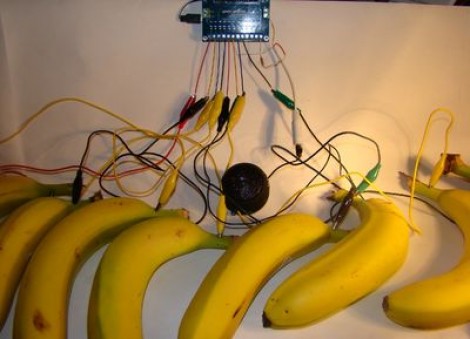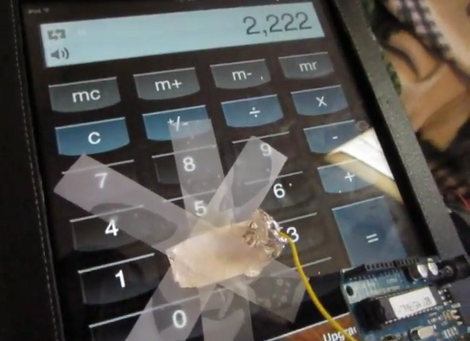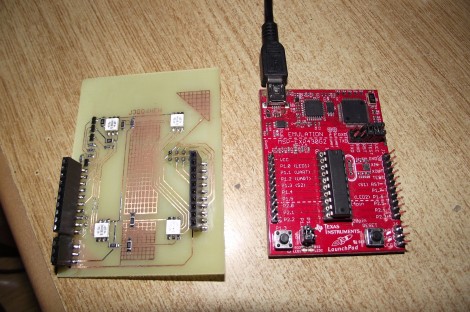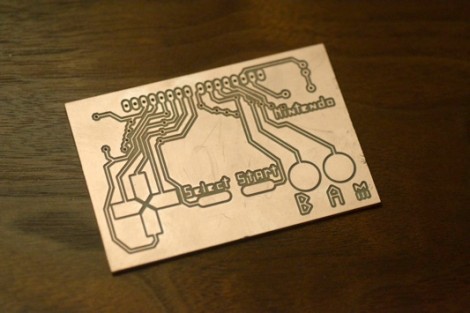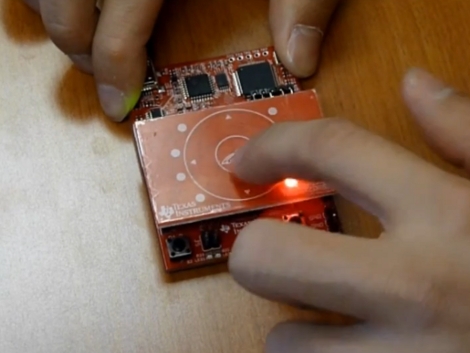The 3D printer world has the creation of plastic trinkets pretty much down pat. The next step, obviously, is the creation of multi-material models, whether they be made of two different colors of plastic, or completely different materials entirely. A few folks from the University of Warwick and GKN Aerospace in Bristol, UK have come up with a way of putting electronic sensors directly into 3D printed objects.
These new sensors rely on a conductive filament custom-made for this study. So far, the researchers have created flex sensors, capacitive buttons, and a ‘smart’ mug that can sense how much water is contained within.
To produce their ‘carbomorph’ filament, the researchers stirred regular old carbon black to a sample of polycaprolactone dissolved in a solvent. After shaking well, the mixture was laid out on a piece of glass for an hour resulting in a thin film that could then be rolled into a 3mm filament. While this is a great way of producing small quantities of carbomorph filament, we’re sure a few Hackaday readers can come up with an easier way of rolling their own conductive filament. Send us a link if you’ve figured out a better way.
Tip ‘o the hat to [Evan] for this one


